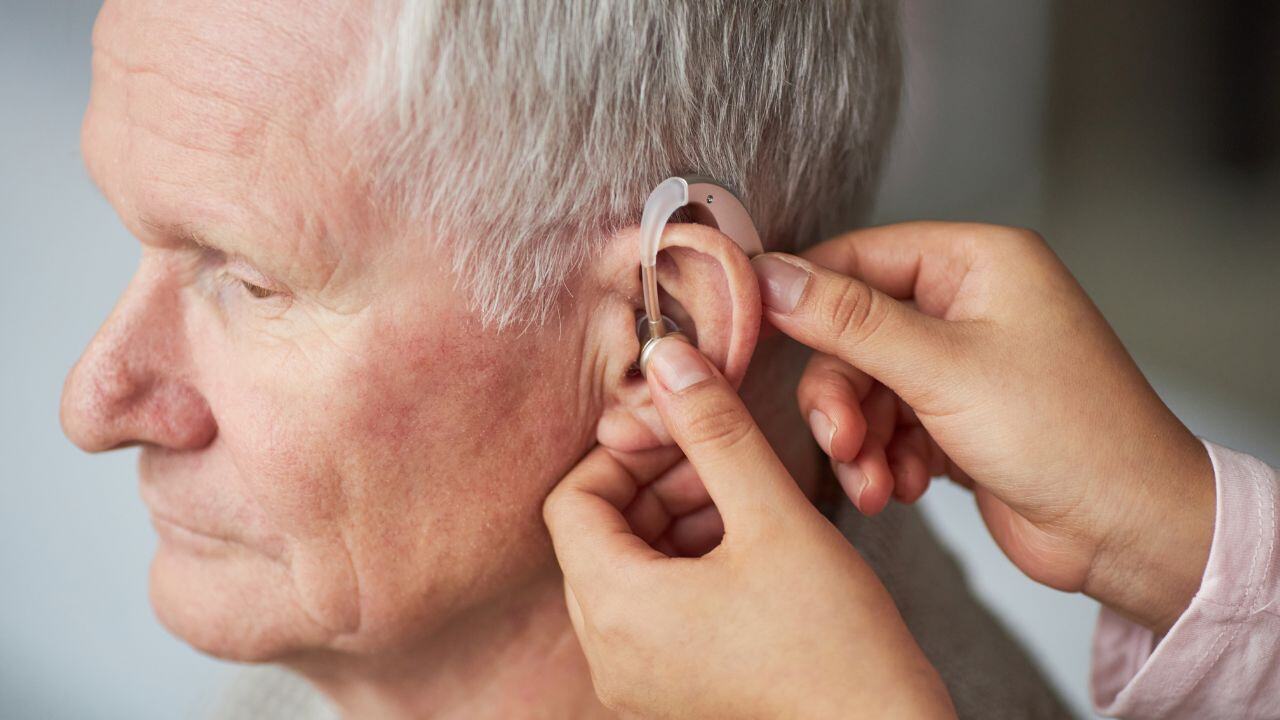Assistive technologies (AT) are tools and devices designed to help individuals with disabilities or age-related limitations overcome challenges and participate more fully in everyday activities. These innovations are crucial in enhancing independence, dignity, and overall quality of life.
Consider the case of an 82-year-old woman who, after a minor stroke, found it challenging to maintain her balance. A simple grab bar in her bathroom became her lifeline, providing the support she needed to navigate safely and continue living independently at home. This story is just one of many that illustrate the profound impact of AT on individuals across the age spectrum.
Addressing Challenges Across Ages
Assistive Technologies cater to various needs and adapt to each user’s challenges.
- Mobility Aids for Seniors: Mobility can decline with age. Assistive technologies like walkers and canes can help. Home modifications like grab bars and ramps enhance safety and independence.
- Communication Tools for All: Communication difficulties can arise from age-related hearing loss, speech impediments, or developmental disabilities. Assistive technology, such as hearing aids, amplified phones, speech-generating software, and text-to-speech and screen reader programs, helps bridge this gap.
- Managing Chronic Conditions: AT is crucial for managing chronic health conditions, including blood sugar monitors, medication reminders, automated dispensing systems, and smartwatches with fall detection for seniors and individuals with disabilities living alone.
Benefits of Assistive Technologies
The benefits of assistive technologies extend far beyond simply overcoming physical limitations. Here’s how AT can significantly improve the quality of life for users:
- Boosts Independence and Self-Esteem: By enabling individuals to maintain control over daily activities, AT fosters a sense of dignity and self-esteem, particularly for elderly and disabled users.
- Enhances Safety in the Home: AT solutions reduce the risk of falls and injuries, improving safety at home and promoting greater independence.
- Empowers Social Interaction and Engagement: AT allows users to be more active in social interactions and hobbies, for example, through voice-activated assistants and communication tools for people with disabilities.

The Future of Inclusive Assistive Technologies
The future of AT is teeming with exciting possibilities. Advances in artificial intelligence (AI) are paving the way for intelligent companions that can provide emotional support, medication reminders, and even assistance with daily tasks.
Smart homes with voice-controlled features and automated functions will revolutionise independent living for seniors and people with disabilities. Wearable health monitors will collect real-time health data, enabling preventive care and early intervention in potential health issues.
These advancements promise to promote healthy aging and support people with disabilities in leading fulfilling and independent lives.
Building a More Inclusive Future
AT is not just a revolution in aging and disability; it’s a call to action. It’s about fostering a more inclusive and supportive world by empowering individuals to overcome challenges and live independently.
Continued research and development, coupled with concerted efforts to make AT affordable and accessible, are not just important; they’re essential. They are the key to ensuring that everyone, regardless of their age or ability, can benefit from these life-changing innovations.
As technology continues to evolve, the future of AT is not just promising; it’s a shared responsibility to empower individuals of all ages and abilities to live life to the fullest.
